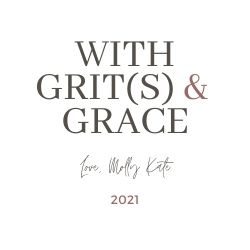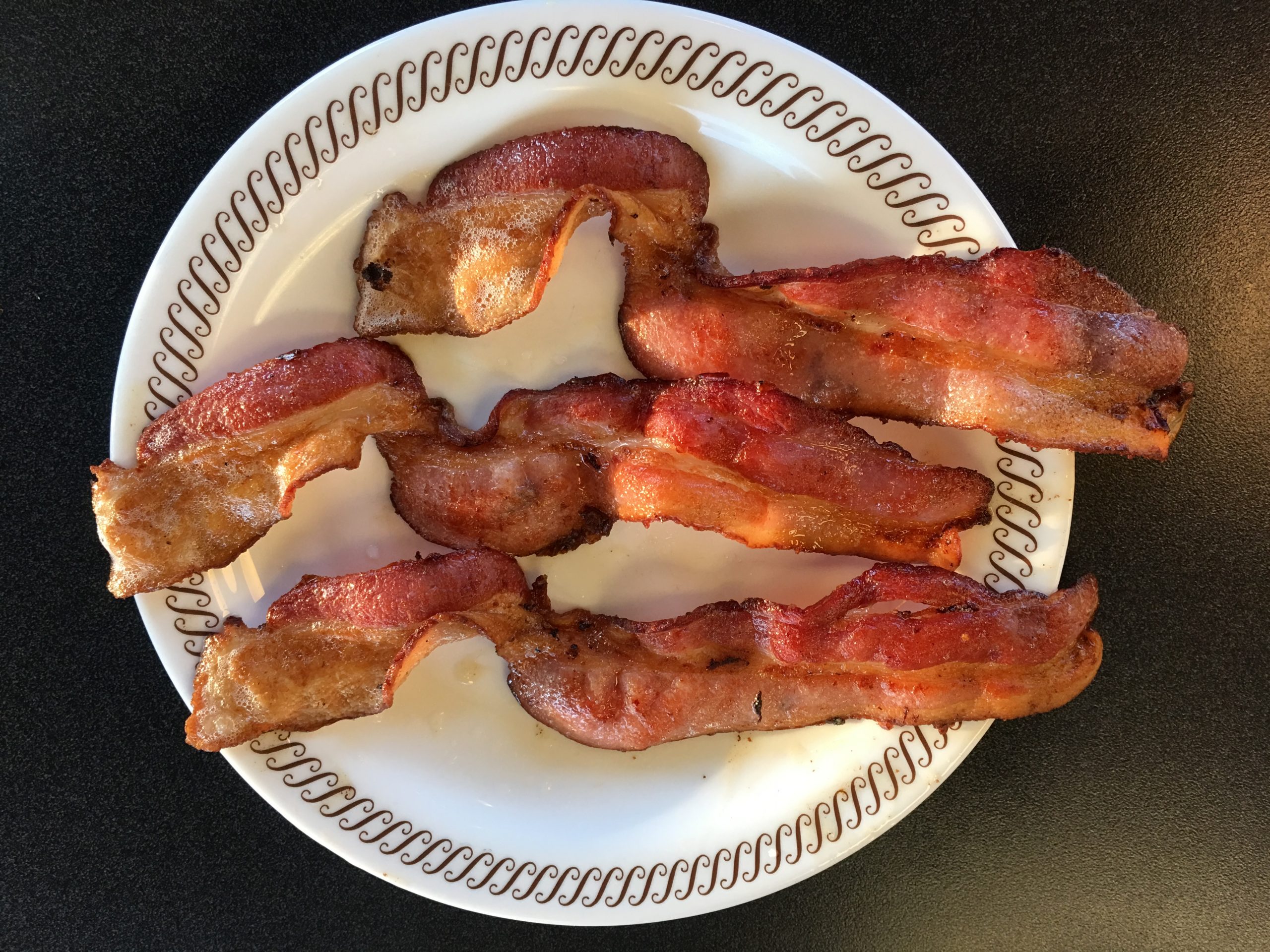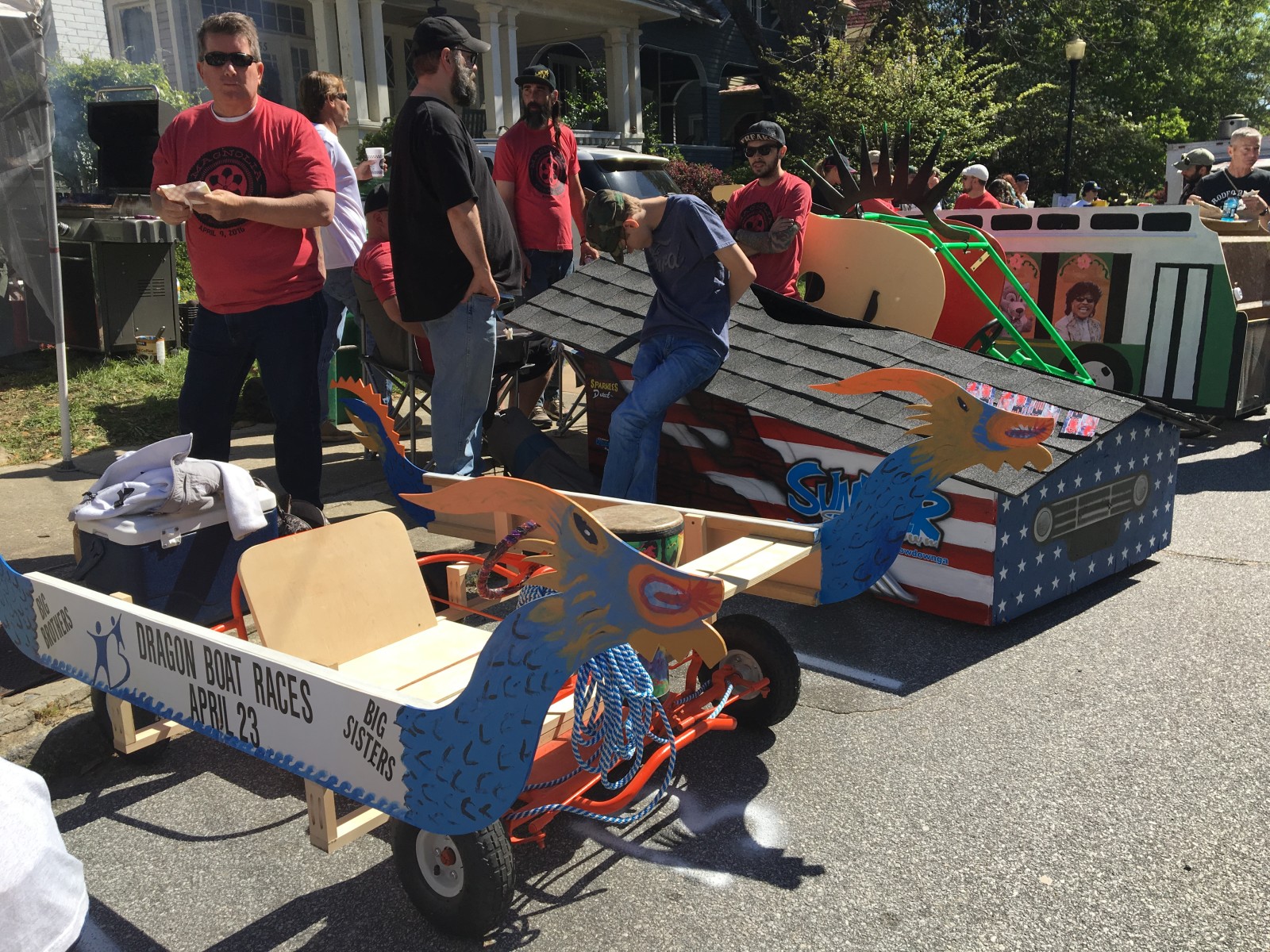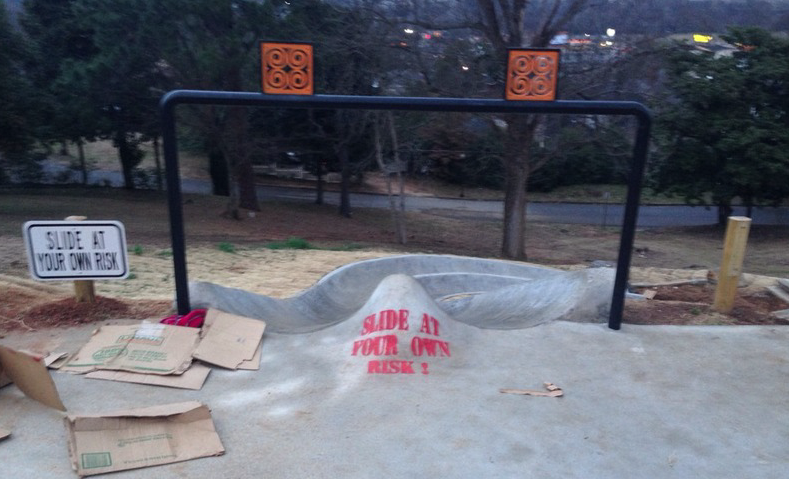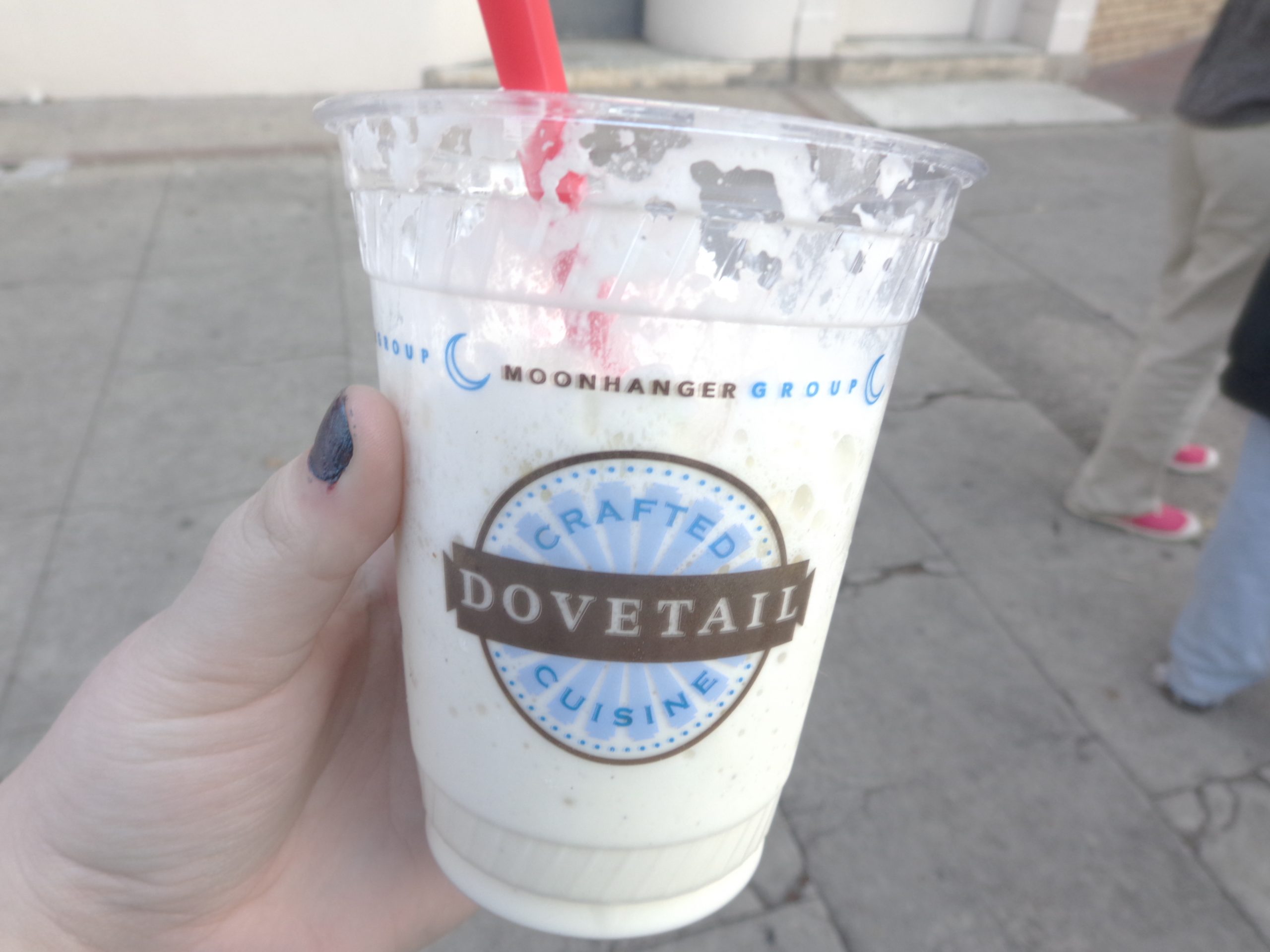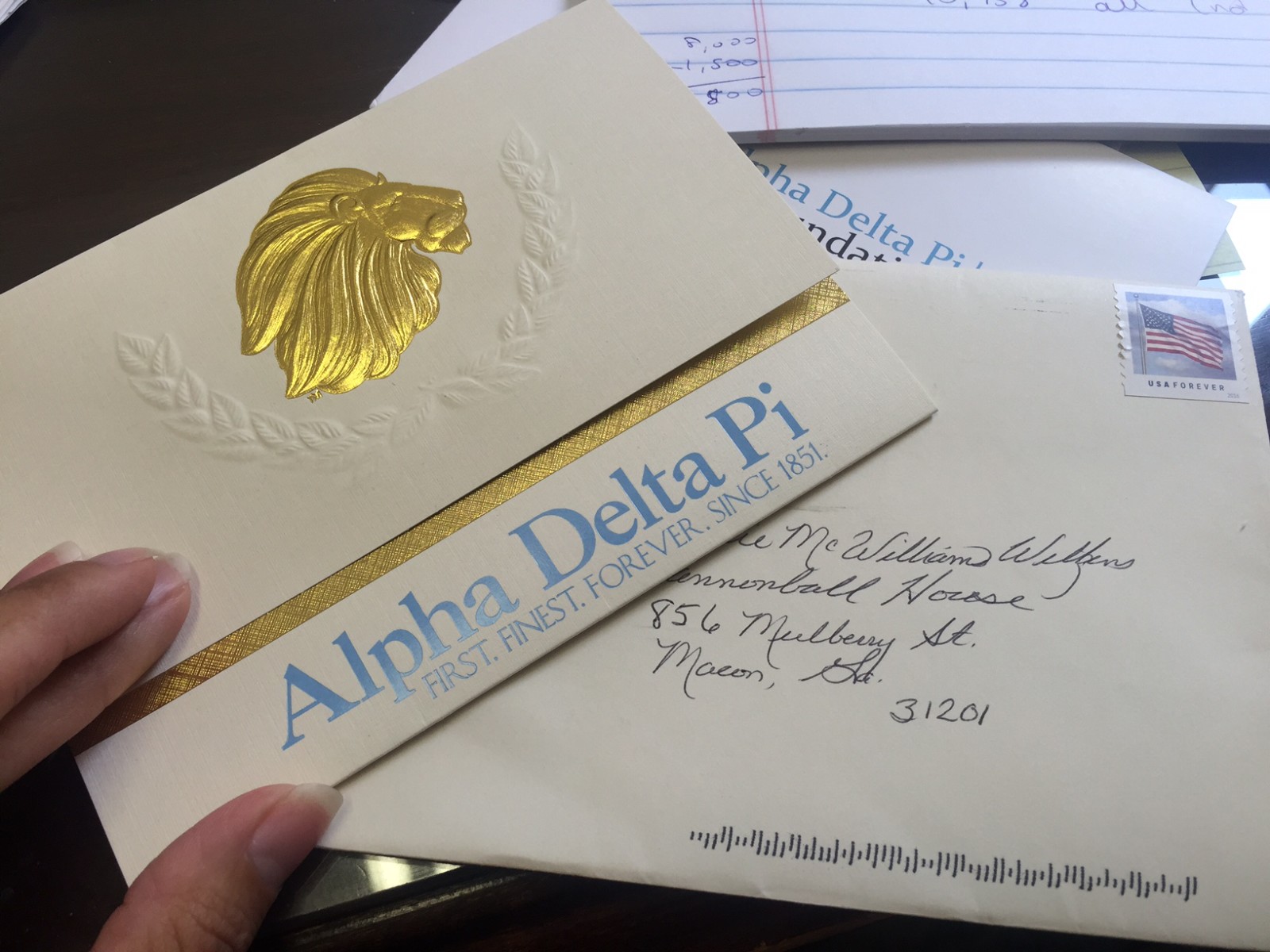Kandahar Journals – Louie Palu & Macon Film Festival
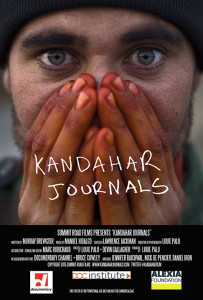 The road fills your view. A tarry darkness interrupted by a crisp yellow line, measuring your hurried steps. Panting fills your ears as you and those around you focus on surviving the heat that wants to grind you down into the asphalt. Small pebbles begin to dot the blackness. As you continue, the road is coated in a layer of dust and then — no road. A thick layer of dirt and rocks claim the road and you swing your field of vision up — the earth has opened up and in it’s gaping mouth is a vehicle, charred and smoking.
The road fills your view. A tarry darkness interrupted by a crisp yellow line, measuring your hurried steps. Panting fills your ears as you and those around you focus on surviving the heat that wants to grind you down into the asphalt. Small pebbles begin to dot the blackness. As you continue, the road is coated in a layer of dust and then — no road. A thick layer of dirt and rocks claim the road and you swing your field of vision up — the earth has opened up and in it’s gaping mouth is a vehicle, charred and smoking.
Kandahar Journals, written and produced by Louie Palu and his wonderful team, including writer/producer Murray Brewster, set to a beautiful score by Manuel Hidalgo and compromised of footage, photos, and journal entries Palu himself obtained while embedded with troops in Kandahar, will offer no apologies or opinions. What you get when you see it is the result of years of work, culminating in a film that brings you, the viewer, to a very dangerous zone of warfare in Afghanistan. The film is sometimes brave, sometimes gruesome and yet, sometimes, as Palu explains, a psychological experience.
Not only do you see footage and images of a war with no front lines, but you listen as one man, who, as a photojournalist, is there to observe and how his observations began to deteriorate his mental health. One of the first unnerving voice overs in the tense film is Palu reading from his journal. His voice shakes, “Focus on what is in the frame.”
I am shocked as the film continues — unapologetically, Palu shows us the remains of a suicide bomber. When I ask him why, why did he decide to do such a raw film he explains, “I met a veteran at Grant’s the other night. There are so many veterans. Our responsibility is to bridge the gap. Film is an empowerment tool.” His need to show the reality of war is evident from beginning to end.
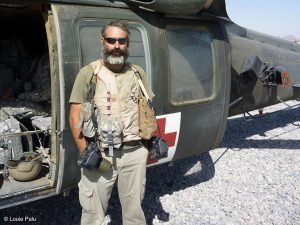
Palu and his team have succeeded; for most of the time, they do not break the fourth wall. The camera moves along the dusty, exhausted looking troops as they go about the day to day, some of which is the monotony of war. The down time in which the men slump against walls, eat. While other times, the camera, you, are enjoying the view of beautiful, thick green leaves against a cloudless blue sky, when suddenly, a piercing sharpness of jets pass and then the sky is enveloped in clouds of dust. Three bombs shake the world around you. Palu shows you as the troops he worked with move into a farming village in Zhari District and try and reclaim it, up until the point of their extraction. The reality of war lays in front of you, from the charred stump of a man’s leg in medical, to the black sheep tied to the rubble of a recently burned out building, to the strained bewilderment of Palu’s face in the camera as he returns home.
When I had the privilege to speak with Palu at the Macon Film Festival, he explained “Writing was a form of therapy in Afghanistan. You are more and more alienated from the world, writing becomes therapeutic.” His journals began as notes for shots and then, as the situation worsened, Palu felt a need to write down, as a type of catharsis, the events of the day. Hearing his voice on the film and then glancing into the darkness to see the outline of his face beside you is beyond bizarre. His hands never stop moving during the film — as with veterans, the vestiges of war will never leave him or our veterans.
Louie Palu is a tall man, with black rectangular framed glasses. The shadow of stubble adds to his jaunty appearance. His face, as one could expect, is quite serious, lined around the eyes and his mouth. But his ability to talk to any one could fool you. His smile is quick and he spoke to every person I saw him encounter with the same amount of respect and camaraderie that I expect won him over with the troops with whom he embedded. After I talk him into a shot or two of whiskey at Grant’s Lounge, we are fast friends. He knows a lot about Macon history and reminds us at his screening on Sunday that Georgia has been a war zone. The beat of war runs through the veins of every culture. It is necessary for us to examine the reality of it — the implications on our people, our culture, and our government.
As I follow him around and begin to piece together what sort of person would have the guts to enter a place, that, as he explains in the film, was a foreign as the moon, I learn a few things about him — and much more about writing and storytelling.
Palu’s family history begins with a war. His father watched as his father was taken away by gunpoint. Both Italian immigrants who relocated to Canada, his parents tradition of oral storytelling — relating what happened to them and the world at the time — became a strong reason for his Kandahar journey. The film has a lovely scene of his father, now passed, planting seeds with Palu — a brief poignant glimpse of a life at home that Palu must have returned to in his mind during his time in Afghanistan.
“The reality of the news is one picture — it can’t tell you everything,” he explains to the audience.
What Palu envisioned for the film was “a front row seat to the trauma of war”, reflecting on the psychological space, not only of the horrors, but the boredom and monotony of a soldiers life. And the uncertainty. One of the most arresting things he says is, “I’m not afraid of guns — I am terrified of losing my legs.”
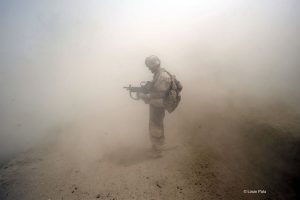
(Credit Image: © Louie Palu)
As I am safely nestled between two veteran war journalists, the flickering of the film moving over faces, we hear tears, gasps, and sometimes a little laughter, but all in all — no one can view Kandahar Journals with out their reality changing. When the lights come up and there is Louie, the man whose voice and art led us into the most dangerous regions of Afghanistan, we all begin to take a hard look at humanity and the people who fight to protect it. Even now, as we sit reading this, people move through the cattails that tower over them, their bodies crouched, not knowing if the next step could be their last.
I will never forget this.
Thank you Louie Palu, your wonderful team, and all the people you encountered and worked with in Afghanistan.
For more information on the film: Kandahar Journals
I also suggest checking out Louie Palu’s photography.
